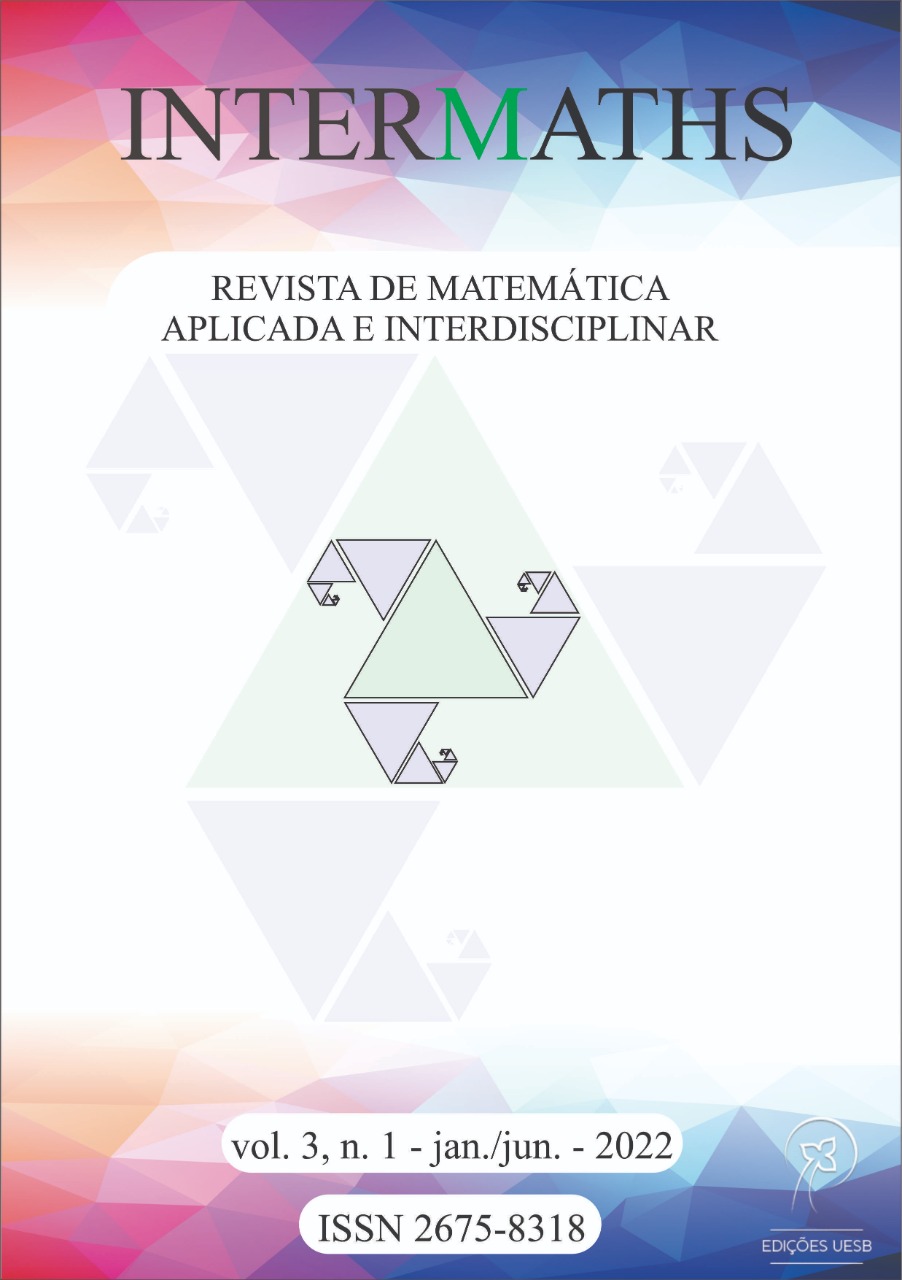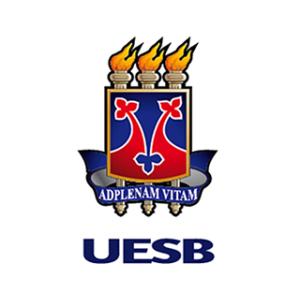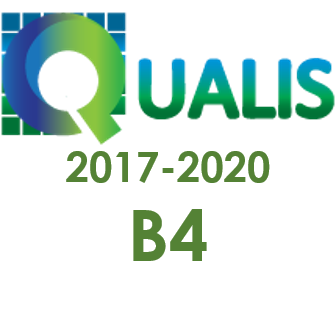Aspects of Newton’s cooling law addressed in a high school task
DOI:
https://doi.org/10.22481/intermaths.v3i1.10787Keywords:
Problem Solving, Problem Formulation, Experimentation, InterdisciplinarityAbstract
This study aimed to explore the Law of Cooling proposed by Newton and carry out an experimentation with easily accessible materials, contemplating an experimental activity for the study, in high school, of the exponential function, as well as some ways to characterize it. Regarding the mathematical development of the law of cooling, we made use of the basic theory of ordinary differential equations. As for the development of the experimentation process, we rely on specific competences and skills contained in the National Common Curricular Base – BNCC - envisioning an interdisciplinary task involving the area of Mathematics and Physics for the study of exponential function. Keeping traces of the empirical activist conception, in the activity of experimentation carried out, we value the development of the student's activity from the mobilization and coordination of everal registers of semiotic representations, with different contents and meanings, but with reference to the same mathematical object. This study proved to be quite prominent, as it is easy to reproduce in the classroom and allows for very rich theoretical discussions about the processes of experimentation, argumentation, communication of results, semiotic representations involved in the mathematical writing used, in addition to allowing the integration of digital technologies in the processes of teach and learn mathematics.
Downloads
Metrics
References
[1] STEWART, Ian. Em busca do Infinito: uma história da matemática dos primeiros números à teoria do caos. Tradução de George Schlesinger. 1ª edição. Rio de Janeiro, RJ: Zahar, 2014.
[2] BOYCE, William E.; DIPRIMA, Richard C. Equações diferenciais elementares e problemas de valores de contorno. Tradução de Valéria de Magalhães Iorio. 8ª edição. Rio de Janeiro: LTC, 2006.
[3] BRASIL, Ministério da Educação. Base Nacional Comum Curricular (BNCC). Brasília: MEC, 2018.
[4] BRASIL. Secretaria de Educação Fundamental. Parâmetros Curriculares Nacionais: Matemática. Brasília: MEC/SEF, 1998.
[5] D. Fiorentini. Alguns modos de ver e conceber o ensino de matemática no Brasil. Revista Zetetiké, Campinas, SP, ano.3, n.4, p.1-37, 1995.
[6] BASSANEZI, Rodney C. Equações Diferenciais Ordinárias: um curso introdutório. Coleção BC&T UFABC Textos didáticos (sem data). Disponível em: http://gradmat.ufabc.edu.br/disciplinas/listas/iedo/
[7] FREITAS, José Luiz Magalhães de; REZENDE, Veridiana. Entrevista: Raymond Duval e a teoria dos registros de representação semiótica. Revista Paranaense de Educação Matemática (RPEM). Campo Mourão, v.2, n.3, p.10-34), 2013.
[8] BRASIL. Secretaria de Educação Média. Parâmetros Curriculares Nacionais para o Ensino Médio. Brasília: MEC/SEM, 2000.
[9] BRASIL. Secretaria de Educação Básica. Orientações Curriculares para o Ensino Médio. Brasília: MEC/SEM, 2006.
[10] SEGOBIA, Pedro B.; SUSIN, Robson; CARGNELUTTI, Jocelaine. Aplicação da lei do resfriamento de newton em blocos cerâmicos: modelagem, resolução analítica e comparação prática dos resultados. In: I Semana da Matemática da UTFPR, 2013.
[11] MIOTTO, Carina M.; CARGNELUTTI, Jocelaine; MACHADO, Vinicio M. Aplicações das equações diferenciais na modelagem matemática da dilatação/contração térmica de cabos da rede elétrica. In: I Semana da Matemática da UTFPR, 2013.
[12] SOUZA, Luiz F. Um experimento a dilatação térmica e a lei de resfriamento. 2007. 26f. Trabalho de Conclusão de Curso (Licenciatura em Física). Rio de Janeiro: Universidade Federal do Rio de janeiro.
Downloads
Published
How to Cite
Issue
Section
License
Copyright (c) 2022 INTERMATHS

This work is licensed under a Creative Commons Attribution 4.0 International License.
- Responsibility: The scientific content and the opinions expressed in the manuscript are the sole responsibility of the author(s).
- Copyrights: INTERMATHS.
- All content of Revista INTERMATHS/INTERMATHS journal is licensed under a Creative Commons - Atribuição 4.0 Internacional







